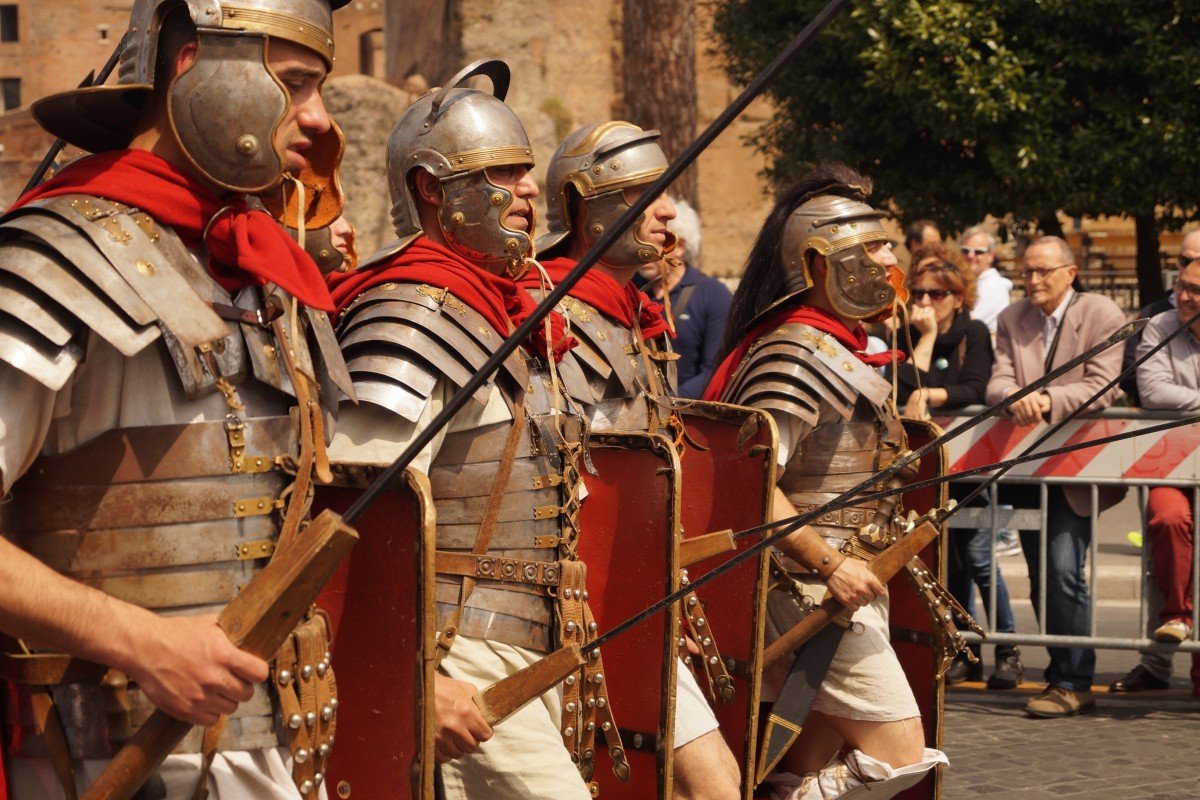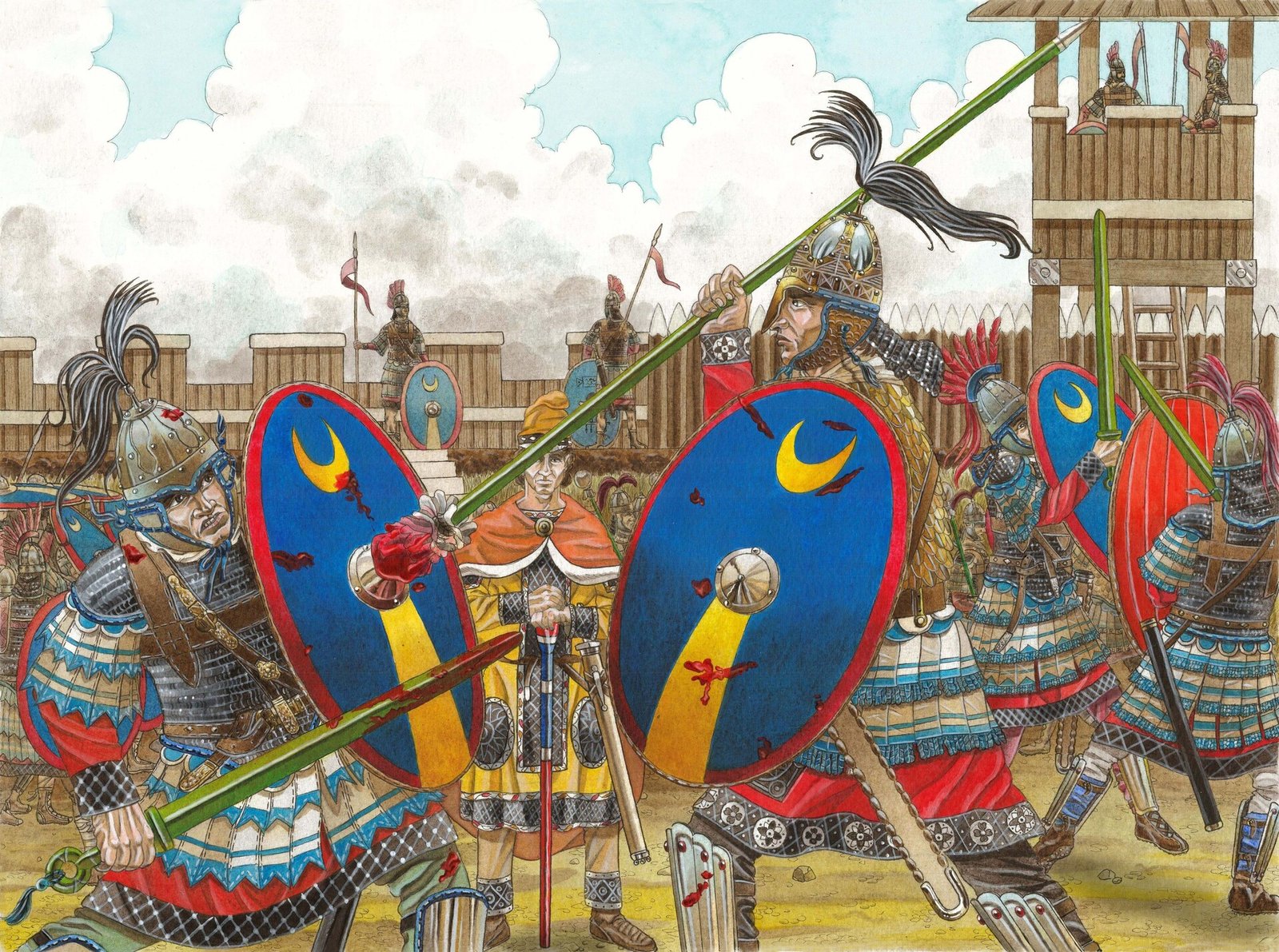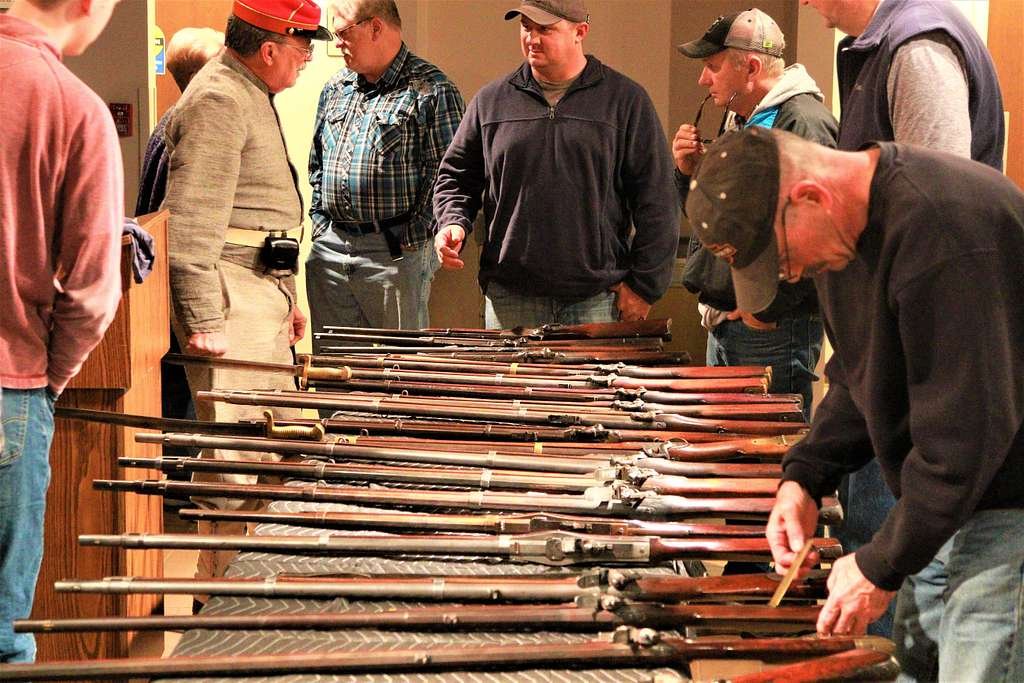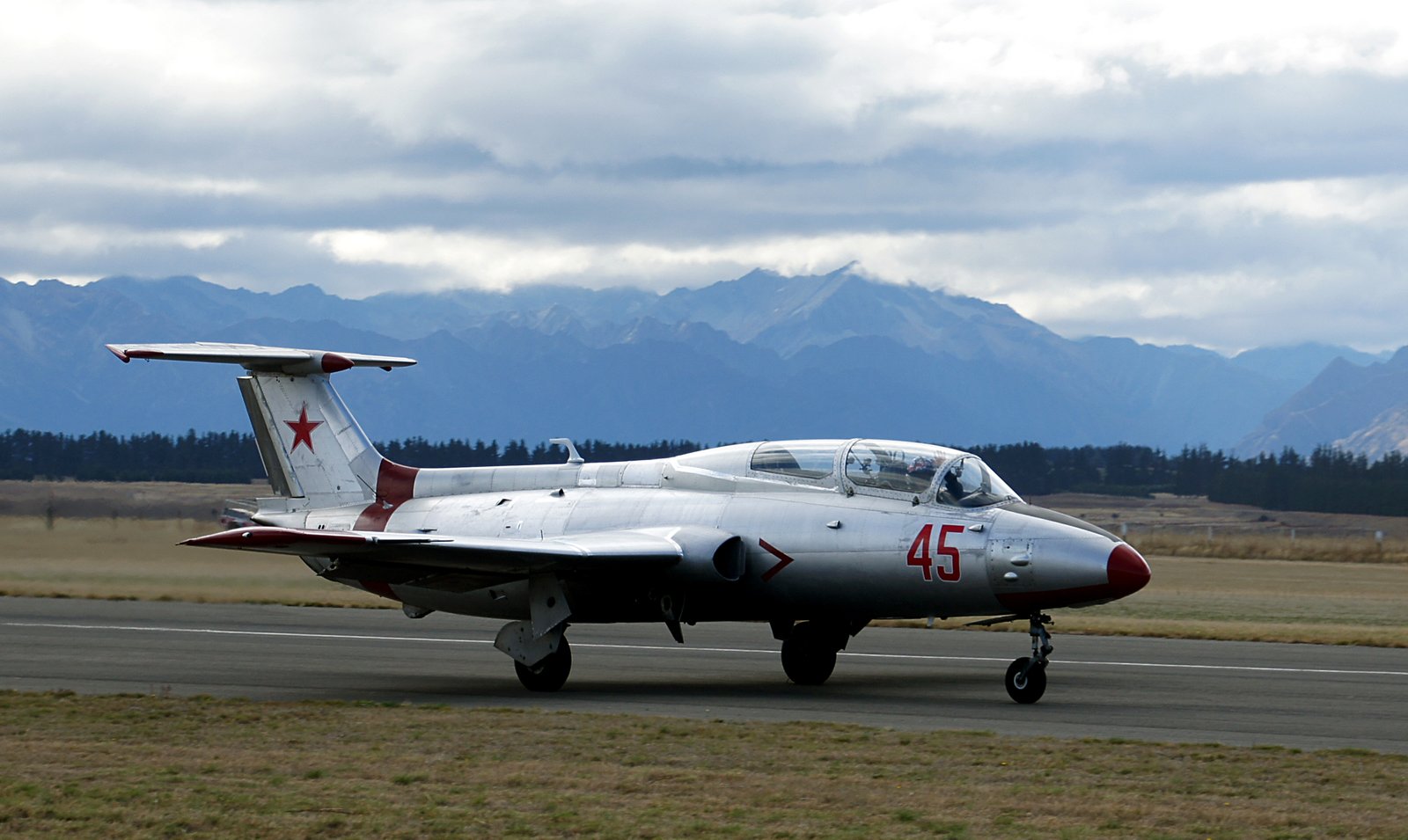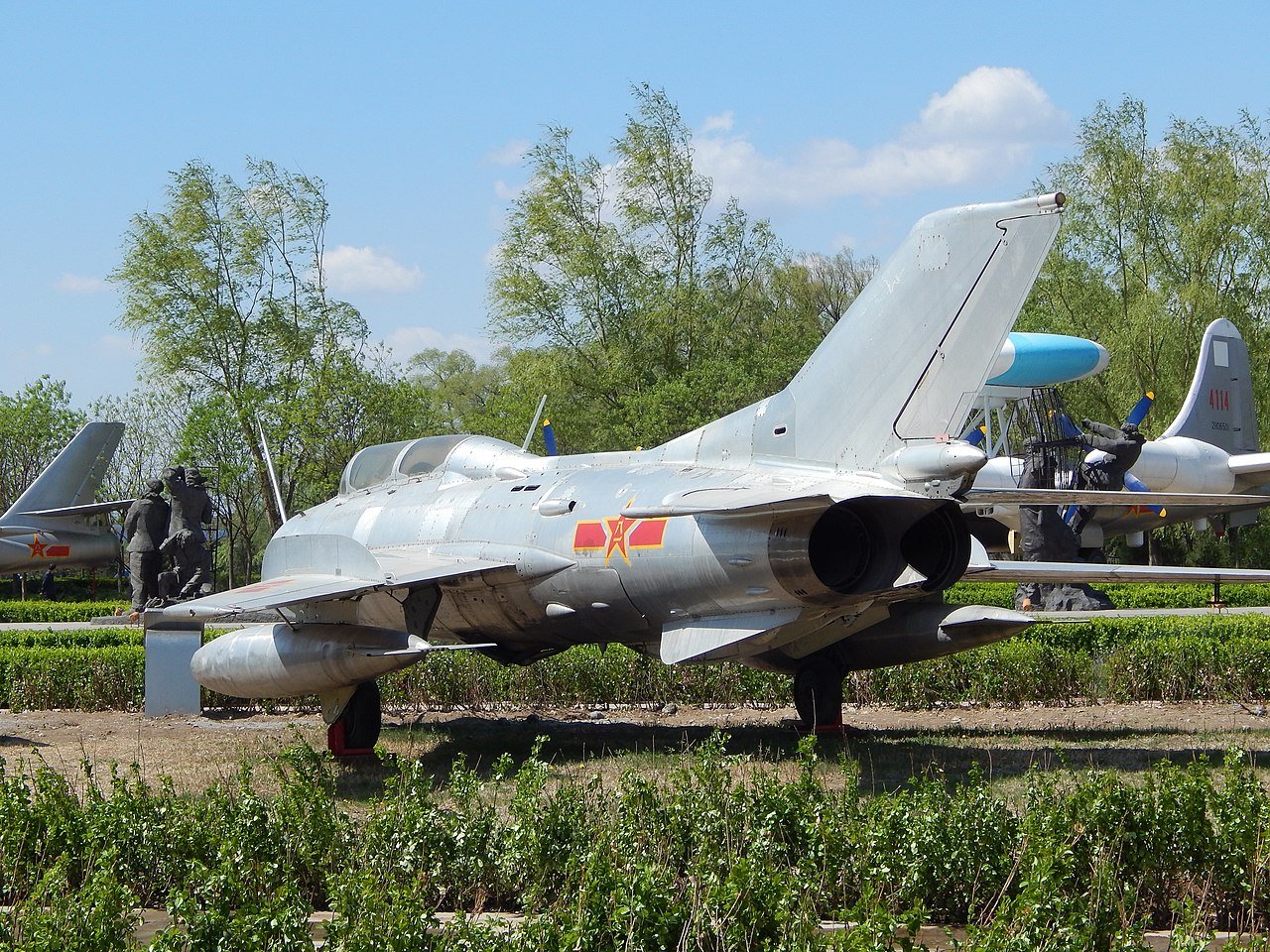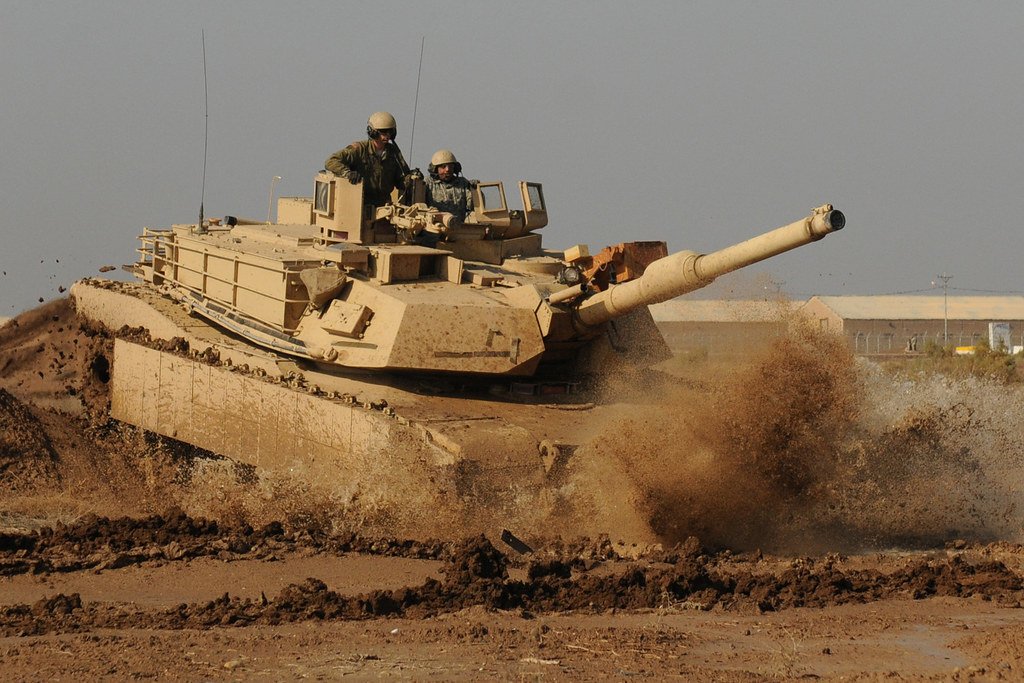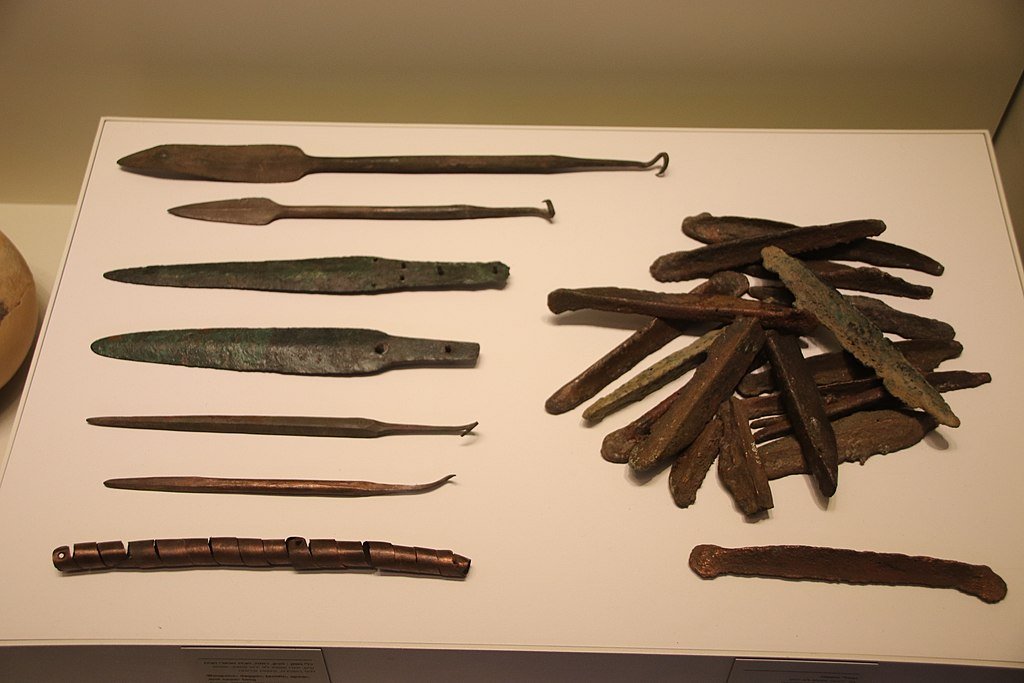The military prowess of ancient Rome remains an enduring testament to strategic brilliance and well-equipped legions. At the heart of this formidable force lay the distinctive armaments and gear that adorned Roman soldiers, epitomizing their martial might. Exploring the intricacies of Roman military equipment unveils a captivating narrative of innovation, strength, and tactical sophistication.
Central to the image of a Roman soldier stood the iconic Lorica Segmentata, a symbol of protection and strength. This segmented armor, crafted meticulously from metal strips, exemplified the unparalleled craftsmanship of Roman blacksmiths. Though not universally worn by all Roman soldiers, the Lorica Segmentata remains an enduring emblem of the military’s resilience and adaptability.
Equally iconic was the Caligae, the robust sandals worn by Roman soldiers, which spoke volumes about their readiness for the rigors of battle. Crafted from sturdy leather and fortified with hobnails on the sole, this footwear not only provided traction but also reflected the soldiers’ endurance in traversing diverse terrains, reinforcing their reputation as formidable fighters across vast expanses of the Roman Empire.
In the annals of history, Roman soldiers stand as a testament to discipline, valor, and unwavering commitment. Their equipment, meticulously designed and finely tuned to suit the demands of battle, played a pivotal role in shaping their victories. Beyond mere armaments, these artifacts tell a compelling story of strategic brilliance and technological advancements, showcasing the Roman military’s ability to innovate and adapt.
Join us on an insightful journey through the diverse array of armor, weapons, and gear that adorned the valiant Roman soldiers. Delve into the world of Lorica Segmentata, Caligae, and more, as we unravel the fascinating tapestry of Roman military personal equipment, offering a glimpse into the remarkable legacy of ancient warfare.
Table of Contents
What did the Roman soldier carry?
The Roman soldier carried a diverse array of equipment essential for combat, survival, and daily tasks. At the core of their gear stood the iconic Lorica Segmentata or other types of body armor like chainmail (Lorica Hamata) or scale armor (Lorica Squamata), providing vital protection in battle. The soldier’s armament included the Gladius, a short sword used for close combat, and the Pilum, a javelin designed to penetrate enemy shields and armor.
Moreover, they carried a sturdy shield known as the Scutum, offering both defense and the ability to push against adversaries. The soldier’s attire comprised tunics, and their footwear included the durable Caligae, leather sandals equipped with hobnails for traction.
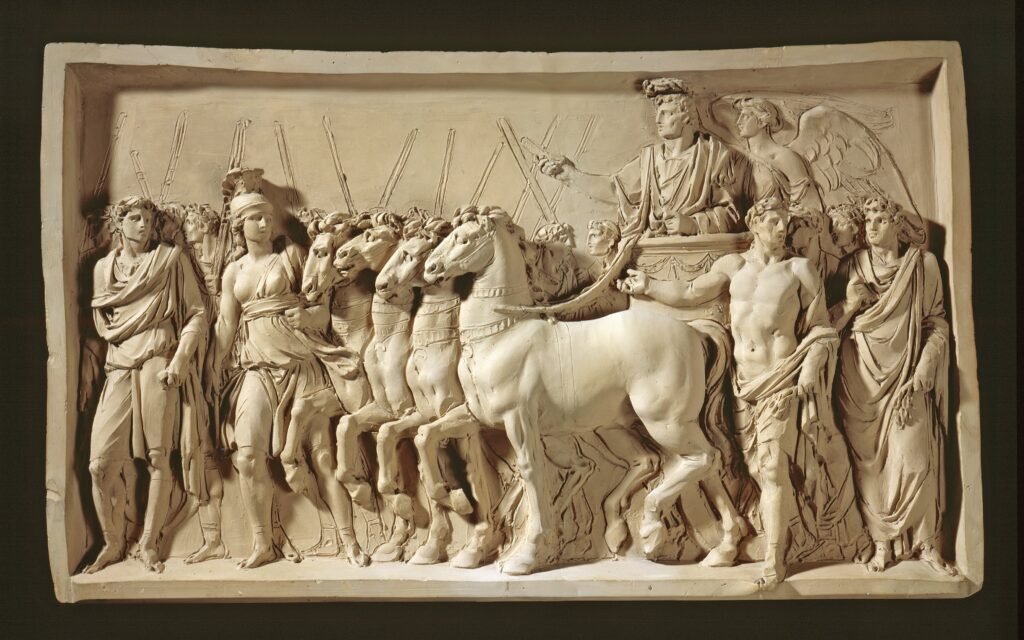
In addition to weaponry and armor, soldiers carried a Pugio, a dagger used as a sidearm, for various tasks beyond combat. Belts and pouches were crucial for carrying essentials such as spare javelin heads, food rations, personal items, and tools. The soldier’s loadout varied based on their role, rank, and the specific campaign they were engaged in.
Overall, the Roman soldier’s equipment was a meticulously crafted ensemble, ensuring they were well-prepared for the multifaceted challenges of warfare, while also reflecting the military’s strategic adaptability and resourcefulness across the expanses of the Roman Empire.
What were 3 fighting weapons of the Roman army?
The Roman army, renowned for its military prowess, utilized an array of formidable weapons designed for close combat, ensuring their dominance on the battlefield. Among the arsenal, three primary fighting weapons stand out as integral to Roman warfare.
Gladius
The quintessential weapon of the Roman soldier, the gladius, was a short sword that became synonymous with their fighting style. With a double-edged blade measuring around 18-24 inches, the gladius was perfectly suited for thrusting and slashing in tight formations. Its design facilitated quick, lethal strikes in the midst of close-quarters combat, making it a lethal weapon in the hands of well-trained Roman legionaries.

Pilum
Another critical weapon was the pilum, a throwing javelin employed by Roman soldiers before engaging in melee combat. Characterized by its iron shaft and a pyramidal head designed to penetrate shields and armor, the pilum was instrumental in disrupting enemy formations and creating chaos among adversaries. Its effectiveness lay in its ability to impede the movement of foes while also serving as a prelude to the ensuing close combat.
Scutum
The scutum was the distinctive rectangular shield used by Roman soldiers, offering vital protection on the battlefield. Crafted from wood and covered in leather, the scutum was large enough to shield the soldier’s body and provided a crucial defensive advantage. Its shape and size allowed for effective formation-based tactics, enabling Roman legionaries to create a unified defensive front while advancing or holding ground.
These three weapons – the gladius, pilum, and scutum – formed the cornerstone of Roman military tactics, fostering their reputation as disciplined, versatile, and highly effective fighters in the ancient world.
Roman Military Personal Equipment
The Roman military was known for its highly organized and well-equipped soldiers. Here’s an overview of the personal equipment used by Roman soldiers:
Body Armor
Lorica Segmentata
The Lorica Segmentata stands out as one of the most iconic and recognizable forms of armor worn by Roman soldiers. Constructed from intricate metal strips joined together, it provided superb protection while allowing flexibility and ease of movement. Despite its fame, not all Roman soldiers exclusively wore the Lorica Segmentata. Variations in armor existed within the Roman military hierarchy and across different periods.

Some soldiers preferred the Lorica Hamata, a chainmail armor comprising interlinked iron rings, which offered excellent defensive capabilities while being relatively lightweight. Others opted for the Lorica Squamata, composed of small metal scales sewn onto a backing material, providing flexibility and protection against slashing attacks. These diverse armor types showcased the adaptability of the Roman military, allowing soldiers to select gear that suited their combat roles, personal preferences, or availability based on the resources and technologies of their time.
Helmet
Galea
Roman soldiers relied on an array of distinctive helmets, each serving to safeguard the head while presenting variations in design and functionality. Among these were the Montefortino, Coolus, Imperial Gallic, and Imperial Italic helmets, showcasing the evolution and diversity of Roman headgear. The Montefortino helmet, an early design, featured a conical shape with a neck guard, providing basic defense. The Coolus helmet, with its rounded shape and cheek guards, offered enhanced protection, particularly for the face.
As Roman military tactics advanced, the Imperial Gallic and Imperial Italic helmets emerged, characterized by their more intricate construction and improved defensive capabilities. These later helmets featured added reinforcement around the sides and often had distinct crests or decorative elements, reflecting both functionality and aesthetics. Regardless of the specific type, these helmets were vital in shielding soldiers’ heads from enemy strikes, exemplifying the Romans’ commitment to protective gear in combat.
Shield
Scutum
The Roman shield, known as the scutum, stood as an indispensable piece of defensive equipment for Roman soldiers. Crafted from sturdy wood and enveloped in layers of thick leather, this iconic shield was meticulously designed to safeguard soldiers from enemy strikes during battles. Its large, rectangular shape, approximately 4 feet in height and 2.5 feet in width provided extensive coverage, shielding the soldier’s body from various projectiles and melee attacks.
Beyond its defensive capabilities, the scutum was a versatile tool on the battlefield. Its weight and sturdy construction allowed Roman soldiers to employ it as an offensive weapon. During combat, soldiers could thrust and bash opponents with the shield’s reinforced edges, using it to destabilize adversaries or create openings in enemy formations. This dual functionality, offering both protection and the ability to exert force against opponents, contributed significantly to the effectiveness and adaptability of the Roman army in diverse combat scenarios.
Sword
Gladius
The gladius was the cornerstone of Roman infantry weaponry, representing both the emblematic and utilitarian essence of the Roman soldier. Crafted for close-quarters combat, this short sword held an iconic status within the legions. Its design, featuring a double-edged blade spanning 18-24 inches in length, was optimized for swift, decisive strikes. The gladius facilitated the Roman fighting style, emphasizing speed, precision, and adaptability in battle.
Its compact size allowed soldiers to maneuver adeptly within tight formations, enabling quick thrusts and slashes against adversaries. Renowned for its effectiveness in the thrusting motion, the gladius was a lethal instrument in the hands of well-trained legionaries. This weapon’s significance transcended its physical form; it symbolized the discipline, skill, and formidable martial tradition that defined the Roman military and contributed significantly to their unparalleled success on the ancient battlefield.
Pilum
The weapon described is known as the “pilum,” a crucial javelin utilized by Roman soldiers as a staple of their military armament. This throwing spear typically consisted of a long, sturdy iron shaft with a pyramid-shaped head crafted for strategic penetration of enemy shields and armor. The pilum played a pivotal role in the Roman army’s combat tactics, especially during the initial phases of battle.
When hurled at the enemy ranks before engaging in close combat, the pilum inflicted significant damage by piercing through shields and lodging itself into adversaries’ armor or rendering shields unusable. Its construction, specifically designed to bend upon impact, prevented the enemy from quickly hurling it back, thus disrupting formations and creating confusion. This allowed Roman soldiers to capitalize on the ensuing chaos during engagements. The pilum’s effectiveness not only caused physical harm but also sowed disarray among enemy troops, a testament to the Romans’ strategic warfare expertise.
Dagger
Pugio
The dagger known as the “pugio” served as an essential sidearm for Roman soldiers, constituting a vital backup weapon augmenting their arsenal on the battlefield. While primarily a secondary defense tool, the pugio’s significance extended beyond combat scenarios. Its compact size and sturdy construction made it ideal for a myriad of utilitarian tasks in military life.
Beyond its role in skirmishes or close encounters, soldiers used the pugio for everyday chores such as cutting rations, carving wood, or performing basic camp duties. Additionally, the pugio held cultural significance, often being part of a soldier’s standard kit, symbolizing their allegiance to Rome and embodying their identity as guardians of the empire. As both a weapon of last resort and a versatile utility tool, the pugio remained an indispensable element of a Roman soldier’s equipment, showcasing their preparedness for the demands of military life both in and out of combat.
Footwear
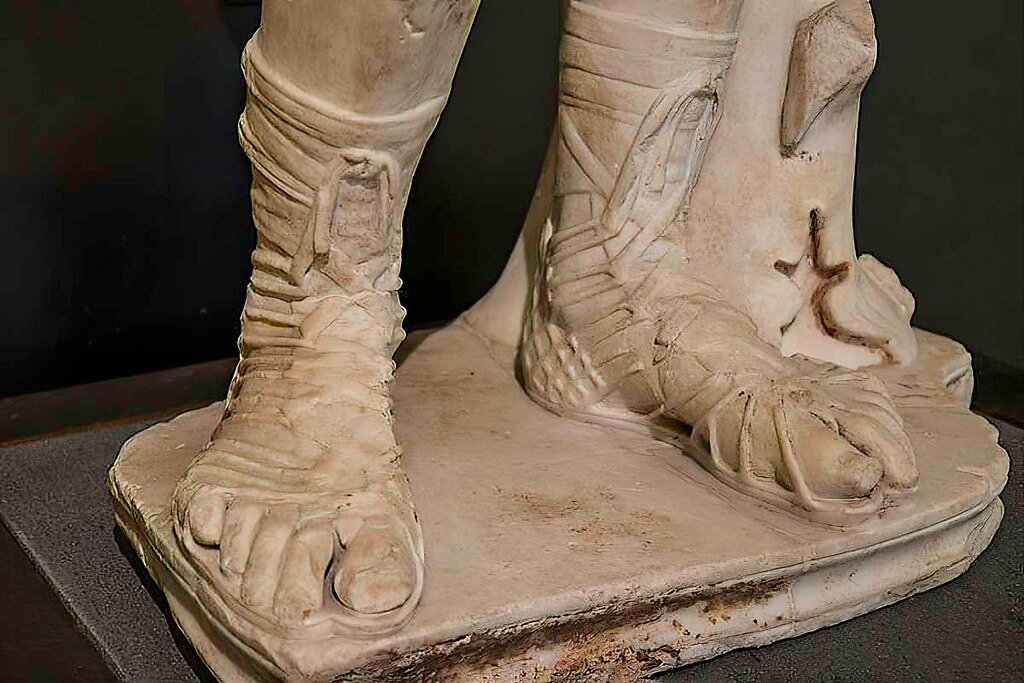
Caligae
Caligae, the sturdy sandals donned by Roman soldiers, were essential components of their military attire. Crafted from durable leather, these heavy-duty footwear were specifically designed to endure the rigors of long marches and various terrains encountered during campaigns. What set Caligae apart were the hobnails strategically placed on the sole, providing the soldiers with exceptional traction, stability, and grip, vital for navigating treacherous landscapes and maintaining footing during intense combat situations.
Beyond their utilitarian function, these sandals symbolized the soldiers’ readiness for battle, reflecting the resilience and preparedness ingrained in the Roman military ethos. The design and durability of Caligae embodied the practicality and adaptability required by soldiers within the expansive Roman Empire, ensuring they were adequately equipped to traverse diverse environments while upholding their reputation as formidable fighters.
Clothing
The Roman soldier’s attire primarily consisted of tunics, typically crafted from wool, serving as their fundamental garment. These tunics were sleeveless and reached to about knee-length, allowing for ease of movement during combat while providing essential protection and comfort. Soldiers often wore them as an undergarment beneath their armor.

In addition to their standard wool tunics, Roman soldiers were equipped with specialized clothing tailored for diverse climatic conditions or specific military endeavors. In colder regions, soldiers were provided with warmer clothing, such as heavier cloaks, trousers, or additional layers to withstand harsh weather conditions. Conversely, in hotter climates, they opt for lighter fabrics or modify their attire to accommodate the heat.
The adaptability of Roman attire showcased the military’s strategic preparedness, ensuring soldiers were equipped with clothing suitable for various environments, enhancing their resilience and effectiveness in different terrains and climates encountered throughout the vast expanse of the Roman Empire.
Belts and Pouches
Belts and pouches were indispensable accessories for Roman soldiers. They were practical tools for carrying essential items vital to their effectiveness on the battlefield. These accessories facilitated the convenience of transporting crucial gear, including spare javelin heads, a key component for replenishing weaponry during combat.
Additionally, soldiers utilized these pouches to store food rations, ensuring sustenance during prolonged engagements and marches across vast territories. Beyond provisions, these pouches held personal items, such as grooming tools or small valuables, allowing soldiers to maintain a sense of personal comfort amidst the rigors of military life. The belts and pouches were strategically designed to distribute weight evenly, ensuring ease of movement while safeguarding vital supplies. These utilitarian accessories were emblematic of the soldier’s preparedness, providing them with the necessary provisions and tools, ultimately contributing to the Roman military’s operational efficiency and readiness in diverse battlefield scenarios.
Additional Equipment
In addition to the standard armaments carried by the Roman infantry, specialized units within the military, such as cavalry or specific cohorts, often wielded a diverse array of supplementary gear tailored to their unique roles on the battlefield. Cavalry units, for instance, relied heavily on lances or spears, such as the hasta, for their mounted combat tactics. These weapons provided extended reach and striking power crucial for engagements from horseback, enabling swift charges and precise attacks against enemy forces.
Moreover, specialized tools were prevalent among specific units, serving multifaceted purposes beyond traditional weaponry. Engineers and siege units, for instance, utilized equipment like battering rams, siege towers, and grappling hooks, essential for breaching enemy fortifications during sieges. Additionally, auxiliary troops from diverse regions in the Roman Empire often brought their indigenous weapons and skills to the battlefield, contributing a rich diversity of armaments that supplemented the standard Roman military gear. These specialized arms and tools underscored the adaptability and versatility of the Roman military, catering to the diverse tactical needs across different units and combat scenarios.
Roman military equipment wasn’t monolithic; instead, it exhibited diversity influenced by several factors. Changes in eras, ranks, and the specific roles soldiers undertook dictated the variations in gear. Technological advancements and strategic alterations led to the evolution of equipment over time. Each era witnessed modifications to armaments, armor, and tools, aligning with the changing battlefield tactics and available resources.
Moreover, the rank of soldiers often determined the quality and type of equipment they received. Centurions and high-ranking officials might have had access to superior or customized gear compared to lower-ranking soldiers. Additionally, regional disparities and cultural preferences shaped variations in military equipment. Different provinces or units within the vast Roman Empire might have adopted local materials or traditional designs, contributing to a diverse array of armaments and gear across various legions. This adaptive nature reflected the flexibility and innovation inherent in the Roman military, ensuring soldiers were equipped to face the challenges specific to their roles and regions.






